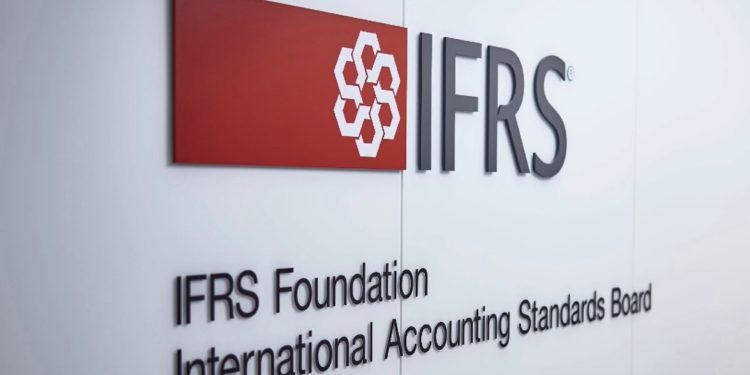IFRS S2 Exposure Draft
The International Sustainability Standards Board (ISSB) releases an IFRS S2 exposure draft, aimed at adjusting the disclosure requirements for greenhouse gas emissions.
The ISSB believes that this draft will reduce the burden of corporate information disclosure, minimize the risk of duplicate disclosure, and will not significantly affect the practicality of sustainable information disclosure.
Related Post: Deep Dive on IFRS Climate Related Sustainable Disclosure Standards
Introduction to IFRS S2 Exposure Draft
The IFRS S2 Exposure Draft mainly includes the following parts:
Financial Institutions Scope 3 Category 15 Carbon Emissions
This revision allows financial institutions not to disclose greenhouse gas emissions related to derivatives. Scope 3 Category 15 carbon emissions will only involve financing emissions (i.e. emissions generated by financial institutions when providing loans and investments to investees or counterparties). Financial institutions can also continue to voluntarily disclose greenhouse gas emissions related to derivatives. When financial institutions do not make this disclosure, they need to provide information on the quantity and number of derivatives they have excluded and provide corresponding explanations.
Global Industry Classification Standard and Financing Emissions Disclosure
This revision allows financial institutions to disclose financing emissions without using the Global Industry Classification Standard (GICS) to classify counterparties. If financial institutions use other classification standards, they need to explain why they chose that standard. If a company regulated by multiple jurisdictions or exchanges to use multiple industry classification standards, it needs to choose one of them.
GHG Measurement other than Greenhouse Gas Protocol
This revision allows companies to use greenhouse gas measurement methods other than the Greenhouse Gas Protocol at the request of their jurisdiction or exchange. Previously, IFRS S2 required companies to use all or part of the measurement methods in Greenhouse Gas Protocol. When enterprises use new measurement methods, they need to disclose the reasons for choosing the method and relevant information about the method.
GWP Measurement other than IPCC
This revision allows companies to use other Global Warming Potential (GWP) to convert greenhouse gas emissions into carbon emissions at the request of their jurisdiction or exchange. Previously, IFRS S2 required companies to use the global warming potential used in the latest assessment provided by the Intergovernmental Panel on Climate Change (IPCC). However, if the data provided by the jurisdiction or exchange is favorable for the company’s calculation, other global warming potentials can be used to calculate carbon dioxide emissions.
The ISSB plans to collect stakeholder opinions by June 2025 and officially release the revised version of IFRS S2 in the second half of the year.
Reference:
ISSB Publishes Exposure Draft Proposing Targeted Amendments to IFRS S2








